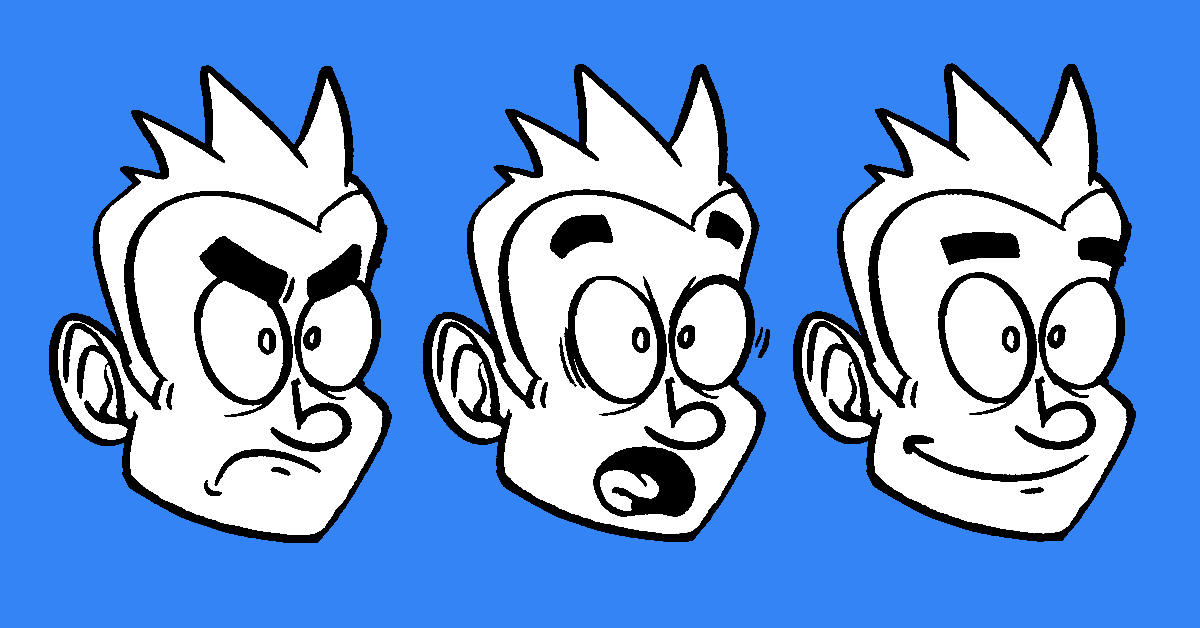Squash and Stretch in Animation

Learn how to use this animation technique to add expression to your characters
Jesús Félix-Díaz, better known as Poloverde (@poloverde), is a Peruvian illustrator and character designer who has worked on projects for Asus, Inca Kola, and the World Bank.
His illustrations are full of personality and color, and his characters are inspired by anime, video games, and folkloric masks. In his Domestika course, he teaches us how a character is developed from scratch to represent a product or a brand and shows you how to give it the right personality and energy. Once a character is created, you will need to work on expressions and gestures and then exaggerate them for maximum effect.
This technique is called Squash & Stretch and is widely used by animators. Poloverde runs us through this process:

Squash & Stretch
Squash and Stretch are terms used a lot in the animation process, where elements shrink and stretch in an exaggerated way before and after making a move. In the case of a character, it is applied at the precise moment of the action. Exaggerating expressions is an impactful way for the animator to convey their character’s reaction.
Squash
Starting with a character in a neutral state, you will then need to create a couple of new versions. For example: angry/bitter and scared. In the two new versions of the same character, not much has changed, apart from the eyebrows and the mouth being a bit more open.

To add more exaggeration to the expressions, we’ll use a squash technique. The angry/bitter face is now appearing furious: there are shadows under his eyes and more wrinkles around his brows and nose; his mouth is wider. His head is stretched to the sides and it looks like it could explode. The scared face is also wider, exaggerating the feeling of fear and making him look terrified.

Stretch
Stretch is lengthening the face, up and down. In the example, Poloverde has added two characters with expressions of surprise and sadness. With the stretch treatment, the surprised character’s eyes also stretch, the hair is spiked up, the mouth stretches further, and his expression is now of total shock. The sad character also has a long face, frown lines, darker circles under the eyes, a lower nose, and floppy ears and hair. His tongue sticks out, and he now looks helpless.

Poloverde recommends always adding some special effects such as veins, drops of sweat, surprise lines, or strokes that help to exaggerate the expression even more.

If you want to know more about creating a character for a brand or a product, sign up for Poloverde’s course Character Design for Brands in Procreate, in which you’ll build a character from scratch and get to create its 360º animation.
You may also like:
- Kultnation: Influences That Forged His Professional Style
- How to Create Memorable Characters
- Choosing References to Inspire Your Character Design





0 comments